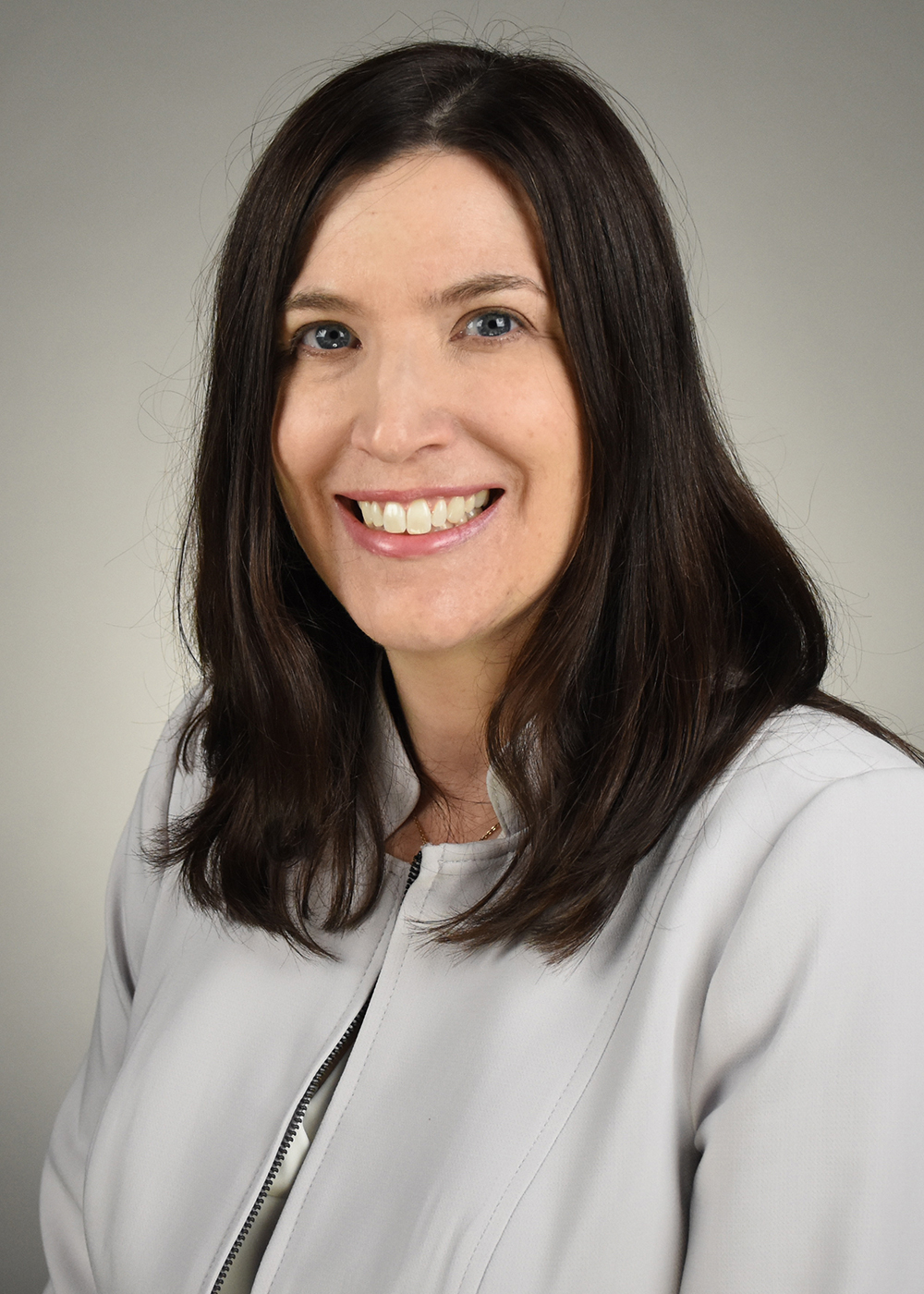
Spears Business, United WE unveil research on the Status of Women in Oklahoma
Wednesday, April 27, 2022
Media Contact: Terry Tush | Director, Marketing and Communications | 405-744-2703 | terry.tush@okstate.edu
The Spears School of Business and United WE, a non-partisan nonprofit organization, released Wednesday a year-long study examining women’s economic status in Oklahoma and to highlight areas of possible action to economically empower women and their families.
The Status of Women in Oklahoma report shows that women in Oklahoma face challenges that hinder them from achieving their full economic impact.
Dr Laura Ahlstrom, assistant professor of economics at Oklahoma State University, was commissioned to conduct the research by United WE, a non-partisan nonprofit organization whose mission is to advance all women’s economic and civic leadership. The research shows that the gender earnings gap is larger in Oklahoma than in the United States overall. Oklahoma women earned 74.5 cents for every dollar earned by a man between 2015 and 2019, compared to 80.8 cents per dollar for U.S. women. If current trends continue, women in Oklahoma will not see equal pay until 2076.
 “Our research illuminates the challenges and inequities faced by women in Oklahoma
while serving as a benchmark for tracking the advancement and progress of women in
our state,” Ahlstrom said. “The data validates the importance of removing barriers
and advocating for policies that support women, ultimately making families and communities
healthier and the economy stronger.”
“Our research illuminates the challenges and inequities faced by women in Oklahoma
while serving as a benchmark for tracking the advancement and progress of women in
our state,” Ahlstrom said. “The data validates the importance of removing barriers
and advocating for policies that support women, ultimately making families and communities
healthier and the economy stronger.”
Ahlstrom’s research also reveals that child care in Oklahoma is unaffordable for many families. The average cost of child care in Oklahoma is more expensive than a year of in-state tuition at a four-year public college. The typical married couple in Oklahoma spends about 11.7% of their income for infant care and 20.6% of their income for two children. Child care is considered affordable if it costs 7% or less of a family’s income.
“We are delighted to partner with such a well-respected organization as United WE to explore the status of women in Oklahoma,” said Dr. Ken Eastman, dean at Spears Business. “At Spears, we are committed to enhancing the opportunities of women and all Oklahomans and Dr. Ahlstrom’s research provides valuable insight on areas of needed improvements.”
Spears Business and the Ash Grove Charitable Foundation, the philanthropic foundation of one of the largest cement companies in the United States that serves multiple regions in Oklahoma, funded the research project. The findings highlight areas of possible action to help economically empower women and their families. Findings from the research include the following:
Employment and Earnings
- Oklahoma’s gender earnings gap is one of the highest in the country. Women in Oklahoma effectively stop getting paid on Sept. 24 relative to Oct. 29 for women in the United States overall.
- If equal pay were a reality in Oklahoma, the poverty rate for working women would be reduced by nearly 50%, and women’s earnings would increase by approximately $5.4 billion annually.
- If women in the state took off one day of work, the Oklahoma GDP would lose $222.4 million.
Child Care
- The annual cost of child care for an infant in Oklahoma in 2020 was $8,940, or $745 a month. The typical married family with two incomes spends about 12% of their income on infant child care compared to 40% for the typical single parent.
- The annual cost of infant care in Oklahoma is greater than the cost of in-state tuition at a public, four-year university in the state.
Health Care
- In 2019, Oklahoma was only one of two states where the uninsured rate was higher than 14% while the U.S. national average was 9.2%. The state had the second highest number of uninsured women in the United States in 2022.
- Smaller percentages of men and women in Oklahoma are enrolled in Medicaid compared to their United States peers. Among women in the United States, about 21% are enrolled in Medicaid relative to 18-19% of Oklahoma women.
Poverty and Social Insurance
- Women in Oklahoma ages 25 to 64 have a higher poverty rate than men in Oklahoma as well as when compared to women in the United States overall.
- Among women who are 65 years old and older, the share of women in poverty in Oklahoma is lower than the percentage for women in the United States as a whole.
Civic Engagement
- About one-fifth of the Oklahoma legislators were women in 2021, a smaller share than the United States average.
- Oklahoma women vote more than Oklahoma men, but voter turnout rates are lower in Oklahoma for both genders than for men and women in the United States overall.
“We have a long history of commissioning research in nearby states so we are delighted to expand our efforts into Oklahoma to better understand the challenges hindering our region’s women from achieving their full economic potential,” said Wendy Doyle, president and CEO of United WE. “It is our collective responsibility to take this research, identify innovative solutions, educate elected officials and community leaders, and unite to advance and support policies that strengthen Oklahoma women and families for the economic development of our region.”
A copy of the Status of Women in Oklahoma report is available on the United WE website: https://united-we.org/status-of-women-in-ok.
